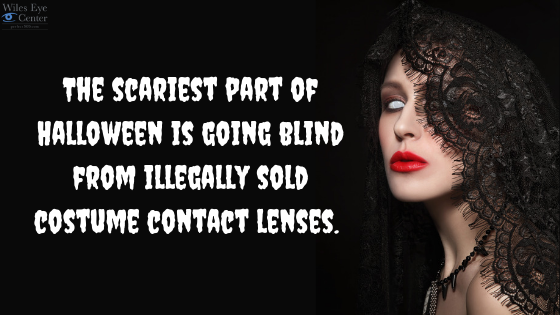
1. Eat a balanced diet
Eating a balanced diet with a variety of fruits and vegetables will give your body the nutrients it needs to fight off eye diseases and maintain good vision.
2. Stay active
Staying active is a great way to maintain a healthy weight. Obesity comes with many issues and can put a strain on your good vision, such as diabetic eye disease. An active lifestyle can help increase blood flow and improve oxygen levels within the eyes.
3. Wash your hands
Frequently washing your hands will rid them of any germs or bacteria that can go into your eyes when you touch them. This is extremely important if you wear contact lenses. If you touch your lenses with dirty hands, your lenses can trap bacteria and cause infections. Other infections, such as conjunctivitis can occur in those without lenses who touch their eyes frequently without washing their hands.
4. Don’t smoke
Smoking causes a ton of added health issues such as high blood pressure, lung issues, cancer, and more, but did you know that smoking can increase your risk for developing many eye conditions such as glaucoma, cataracts, and age-related macular degeneration.
5. Wear proper eye protection
Although it may not be extremely sunny where you live during the winter months, it is extremely important to protect your eyes at all times while outside. UV rays can damage your eyes and cause vision loss. Other eye protection, such as protective eyewear when playing sports, using power tools, and goggles while skiing is also very important to maintain good vision.
6. Rest your eyes
Getting a good night’s sleep is the first step to letting your eyes get the rest they need, after all, your eye muscles are the most active muscles in your body. Resting your eyes is especially important in today’s digital world, and can help prevent digital eye strain. To do this, rest your eyes every 20 minutes by staring at an object 20 feet away for at least 20 seconds. This is called the 20-20-20 rule. It is also important to blink frequently while using electronics to maintain your eye’s natural moisture.
The most important thing you should be doing to maintain a healthy vision is to receive your annual eye exams. With most eye conditions, early detection is the key to preventing vision loss. Skipping your annual exam can quite literally cause you to go blind. Another important thing to note is that you may need comprehensive exams more than just once a year depending on underlying factors that can increase your risk of certain eye diseases. These risks include having diabetes, smoking, obesity, and a family history of eye conditions. So, this year, give yourself the gift of healthy vision by following these tips and scheduling your annual exam.
If you have any questions or would like to make an appointment, please call us. The number to our Kansas City location is 816-455-2020. Our St. Joseph’s office location can be reached by calling 816-279-7015.
The post Give Yourself the Gift of Good Vision this Holiday Season appeared first on .
from https://perfect2020.com/give-yourself-the-gift-of-good-vision-this-holiday-season/
via https://perfect2020.com



